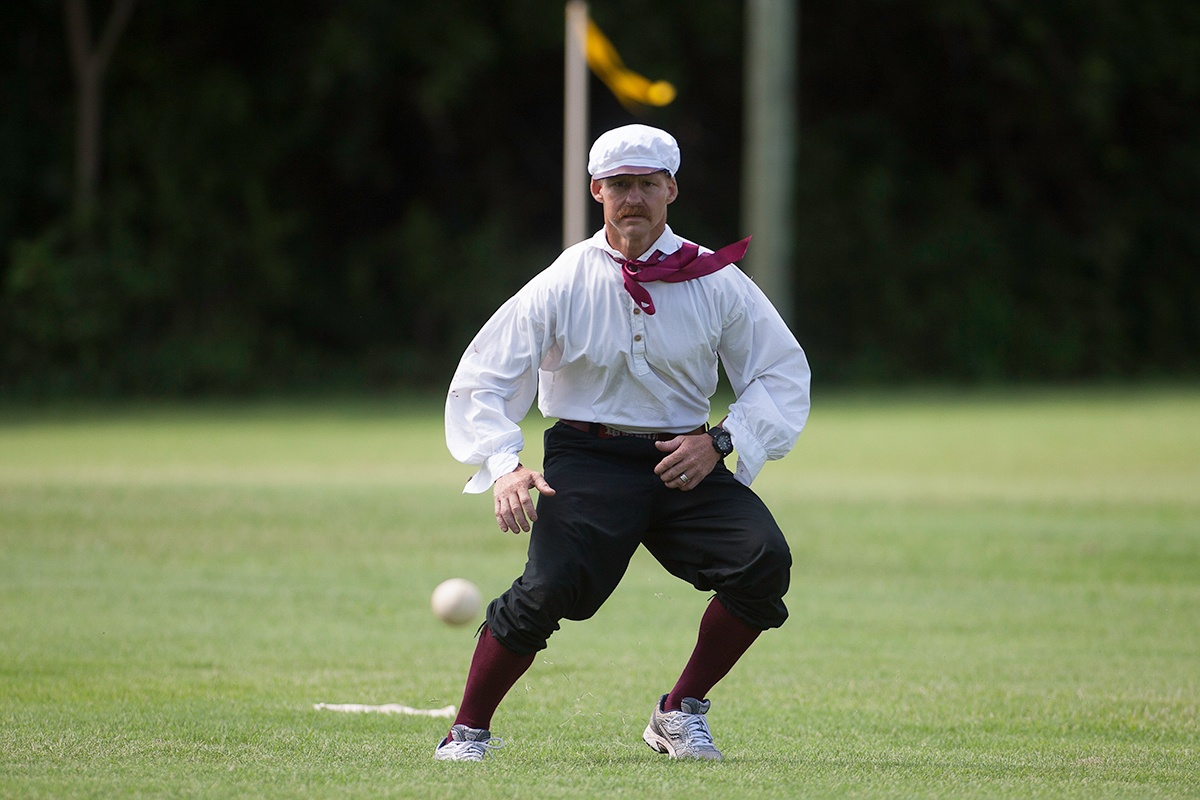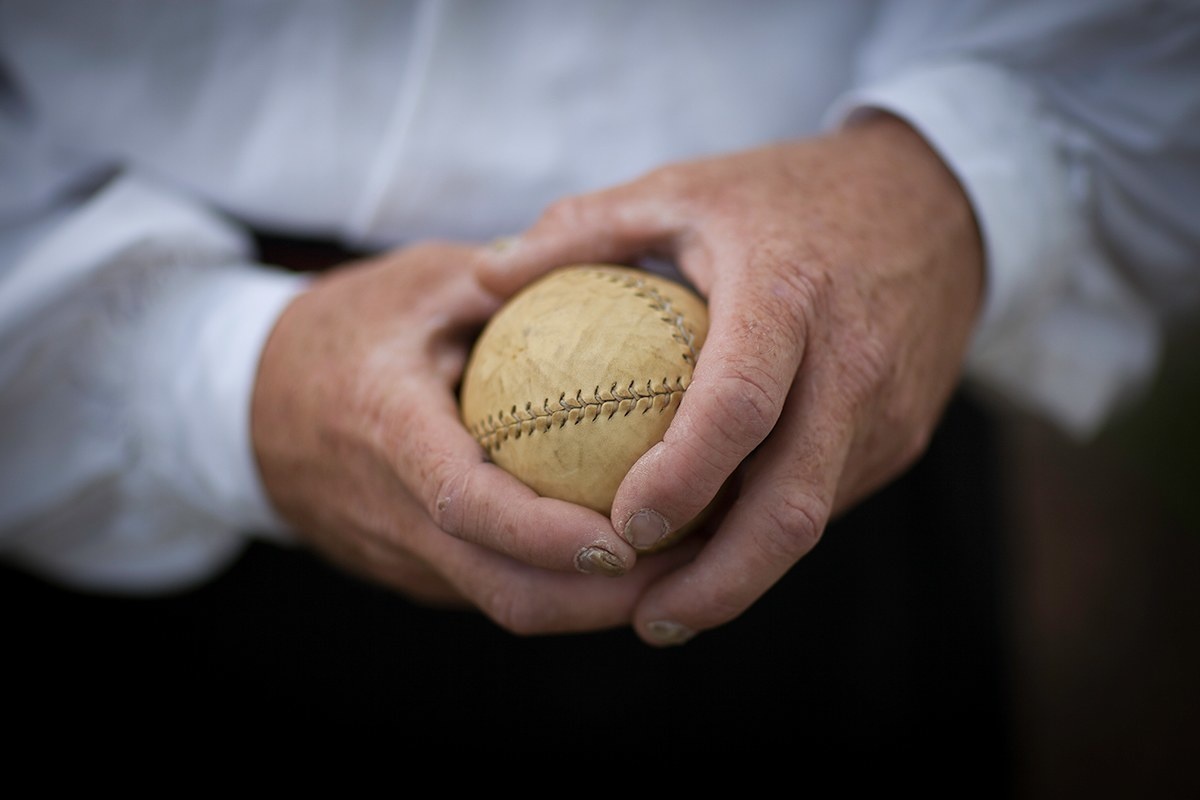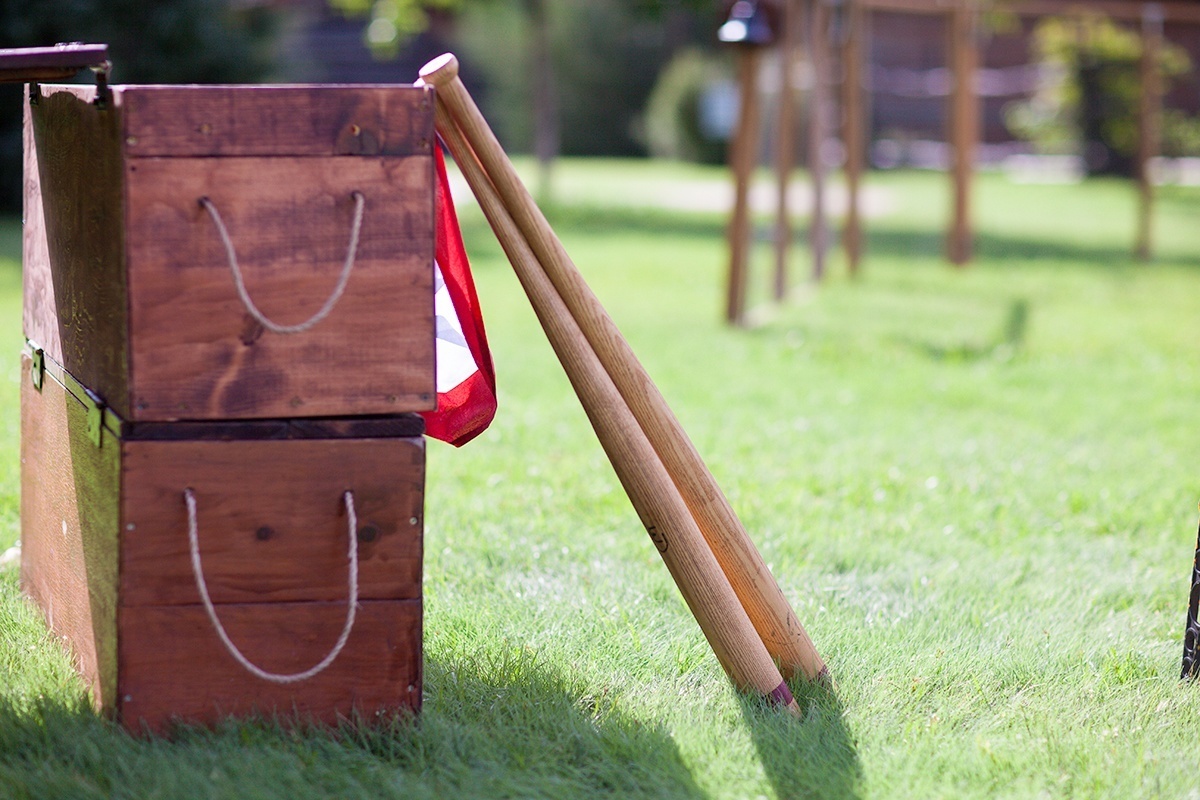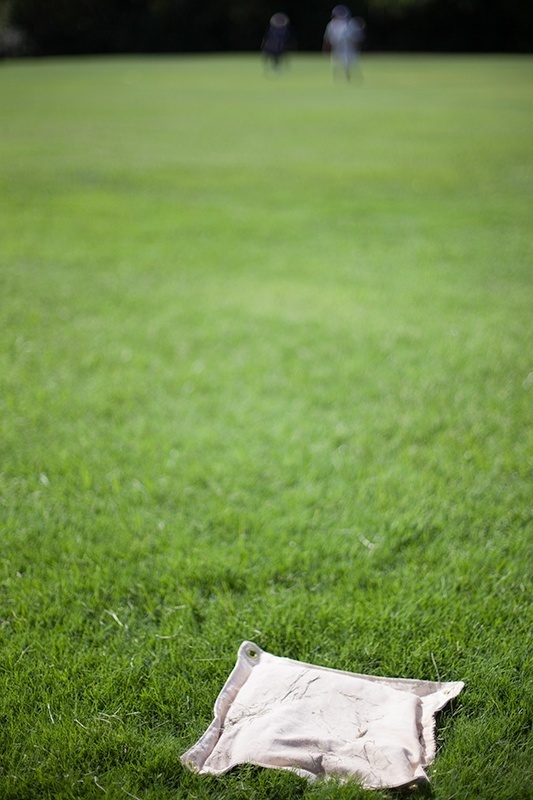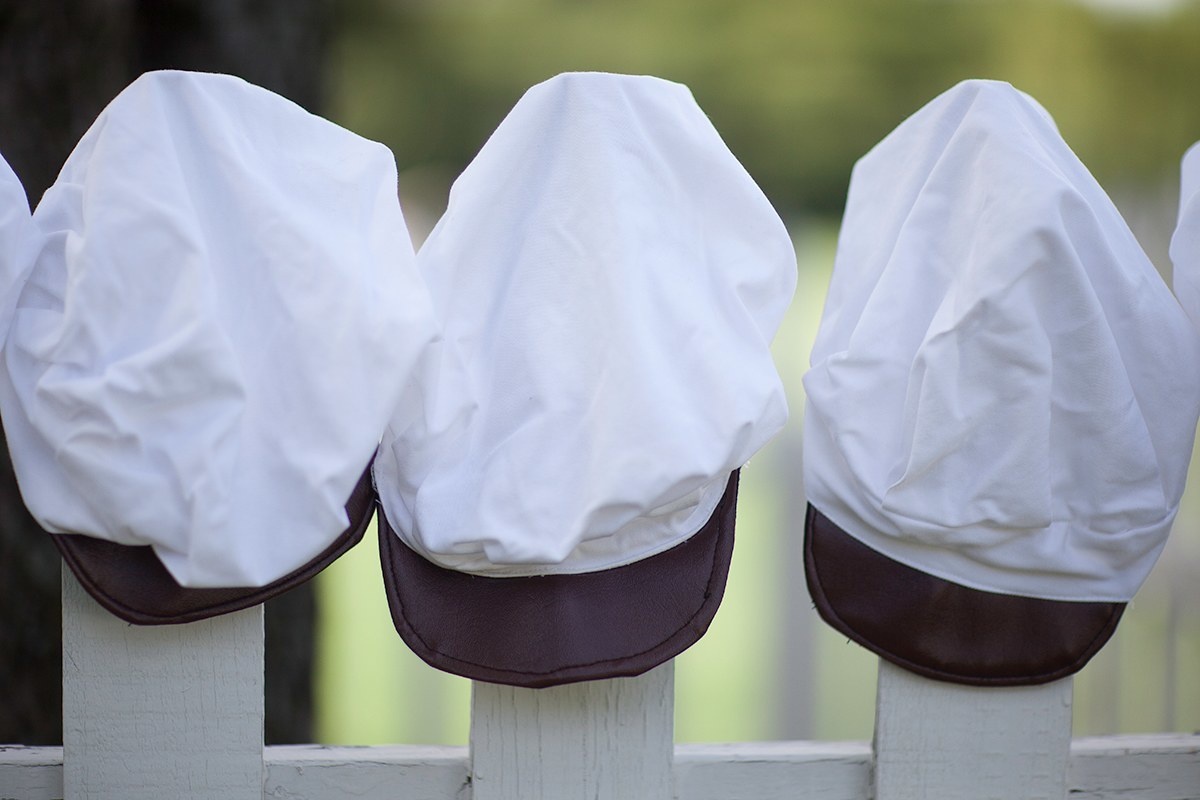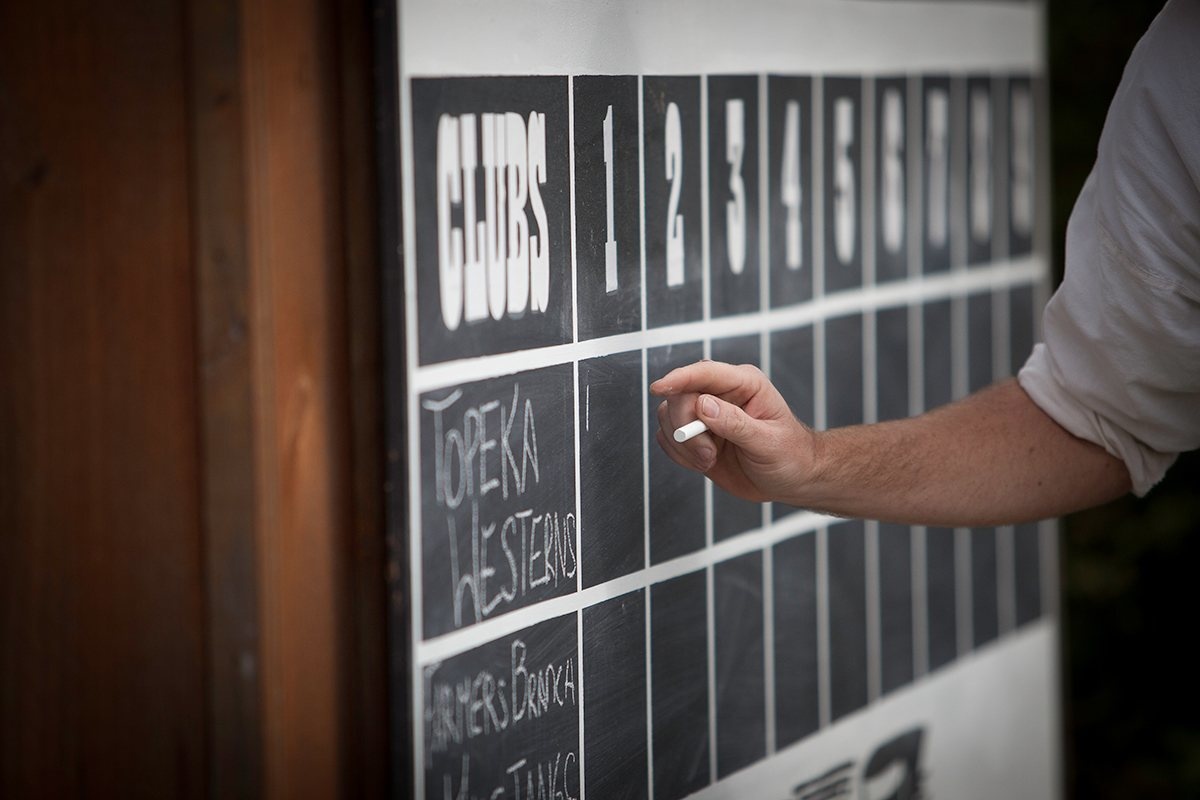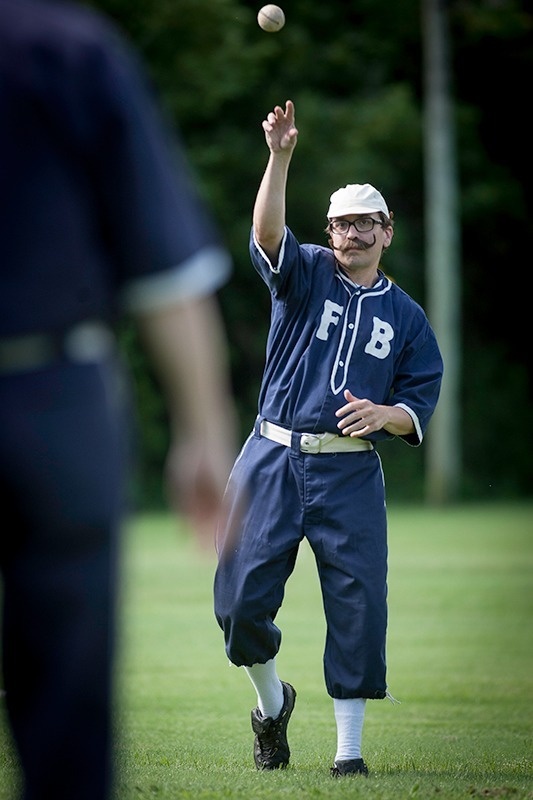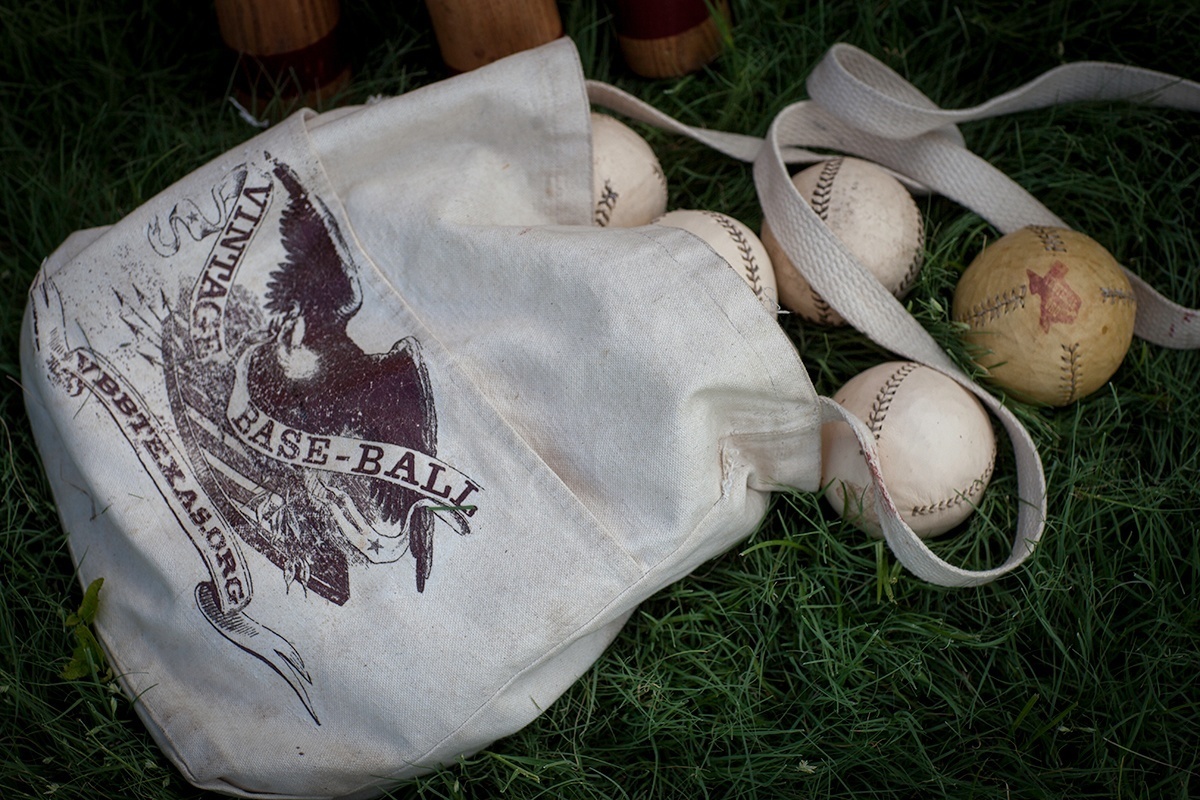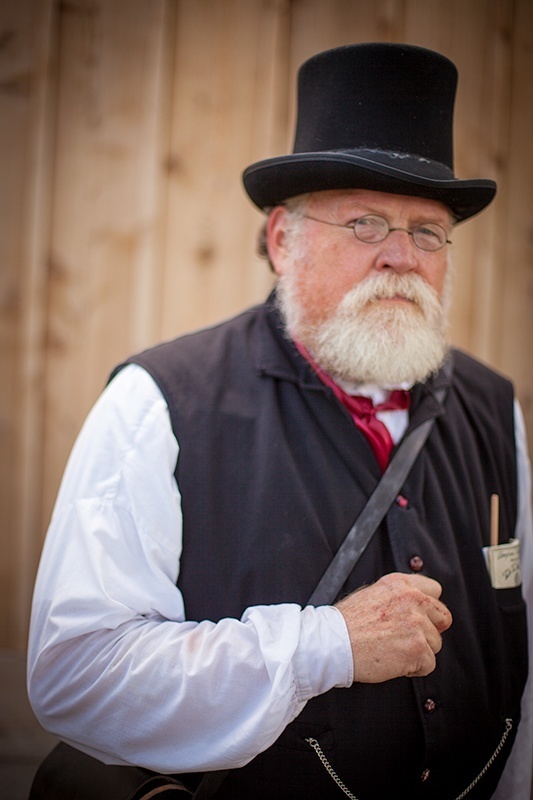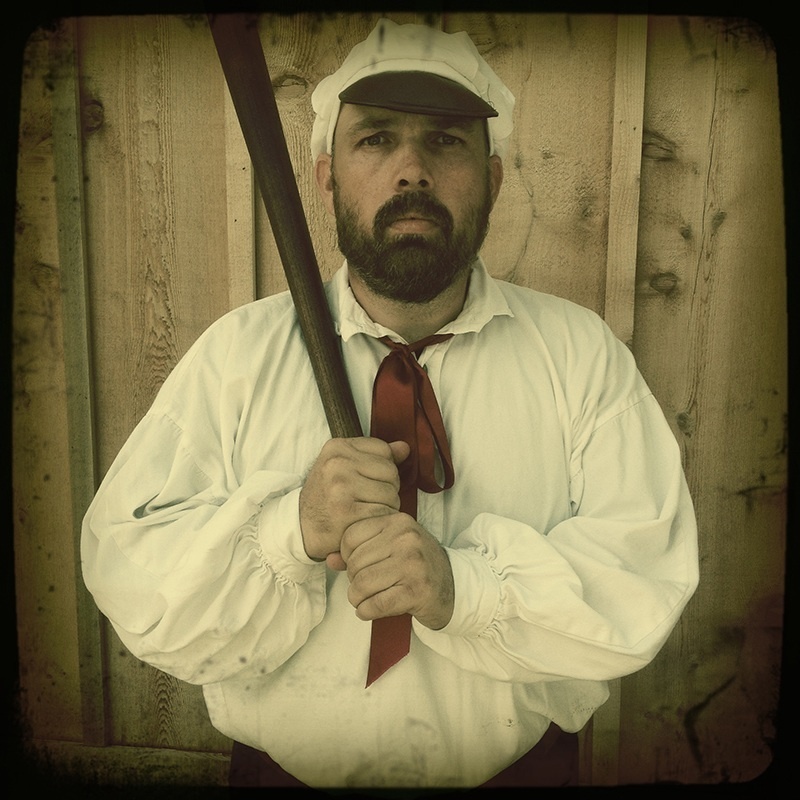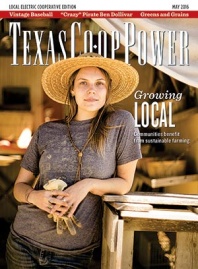The first ball hurled my way is a pitch I cannot hit, so I step back and adjust my baggy uniform, then dig my right foot in next to the round home plate. Intermittent showers have made parts of the field sloppy, so the diamond is slick, the ball wet and my teammates’ uniforms spattered with red North Texas mud.
I glance back at the catcher. He nods and says, “Good striking, sir.”
In all my years of playing baseball and softball, I’ve never heard that before. Then again, I’ve never played the sport like we’re playing it today: The participants don’t wear gloves or protective gear, and someone called a “talleykeeper” rings a bell with each run scored. This is baseball by 1860s rules, and it’s definitely a whole other ballgame.
My first experience with vintage-rules baseball was courtesy of the late Wendel Dickason, the primary organizer of the Waxahachie Base Ball Club and a player in the Texas Vintage Base Ball League. The league’s mission is to preserve the early form of baseball by encouraging local teams and providing a platform by which players can communicate and organize games.
Across Texas, you’ll find teams that play vintage baseball throughout the year. Teams hail from Buffalo Gap, San Angelo, Carrollton, Farmers Branch and the Houston area. In the same way that historical re-enactors portraying Civil War soldiers or pioneer farmers strive for authenticity, vintage baseball players conduct their games as if they were playing on a pastoral meadow in the mid-19th century. The teams include volunteers and historical enthusiasts who play simply for the love of the sport.
On a soggy Saturday morning, I arrive at Farmers Branch Historical Park to play with a group of local enthusiasts for a small audience. The Farmers Branch club is playing a team from Wichita, Kansas.
The uniforms consist of loose-fitting white shirts with baggy sleeves and simple V-neck collars in which dark scarves are tied in a bow. The loose cap features a scant leather bill. The pants are black knickers with string ties that cinch below the knee and above the calf. Our feet are covered in dark leggings. The only modern attire is a pair of cleats.
As we warm up for the game, I can tell the regulars are zealous.
“Vintage baseball allows me to continue to play the game with some wonderful people, as well as providing a living history of how the sport was once played,” says Chris Shipman, an investment analyst who’s been playing for four years. “It is so enjoyable to speak with the spectators about how the game was played and how it has evolved over the years and morphing into the game we watch today.”
Once the game commences, each player takes on a 19th-century persona, complete with a nickname that usually complements his or her playing style.
You’ll hear players called names like Aches and Pains, Spider, Shiny (to connote baldness) or Grasshopper. Danielle Brissette, the museum educator for Farmers Branch Historical Park, also serves as the de facto manager of the local baseball club. She says that nicknames are part of the fun that endear spectators and players alike to the sport.
“If you don’t come with a nickname, one will be assigned to you pretty quickly,” she says. Brissette (or Breezy) says that of all the public activities the museum organizes, these baseball games are among her favorites. With other historical re-enactments such as battles, spectators know who the winner will be. With vintage baseball, the outcome isn’t determined until the very last out of each game.
“The game teaches about the past, but there is also a strong competitive element to it,” she says. “When people come to watch, it’s not like they’re watching re-enactors doing things like baking bread, tending to a garden or other mundane chores. It’s an active, spectator-friendly event. Historically, it’s something people did together for fun and to build communities, and that makes it enjoyable for us to demonstrate.”
That palpable connection to history brought John Henderson, a hospital CEO from Childress, onto the field for the first time. He’s a lifelong student of baseball, and vintage games give him a chance to gain a deeper understanding of the sport and how it has influenced American culture.
“I’ve always had an interest in baseball,” says Henderson, seated on the ground awaiting his turn at bat. “The way our national pastime actually led the country through conversations around collective bargaining and racial integration intrigues me.”
Henderson, a member of South Plains Electric Cooperative, claims that baseball is one of those sports that inextricably links sons and daughters to parents and grandparents in a way that few sports do, and the chance to experience the game as it was played in its infancy was one he couldn’t pass up. “The experience,” he says, “is unforgettable.”
Before he finishes his thought, Henderson gets up abruptly, as it is his turn to bat. “Striker to the line!” calls the umpire.
Stepping to the plate, Henderson is offered well wishes by the catcher, and the hurler lobs the ball toward him. He swings and hits a swift “bug bruiser” between first and second base. As he legs it out to first, the crowd and his teammates are pleased.
“Huzzah!” I hear a teammate cheer. While I don’t have my vintage baseball dictionary with me, I think that is a term of acclaim.
——————–
Writer and photographer Russell “Gravedigger” Graves is a member of South Plains EC.
